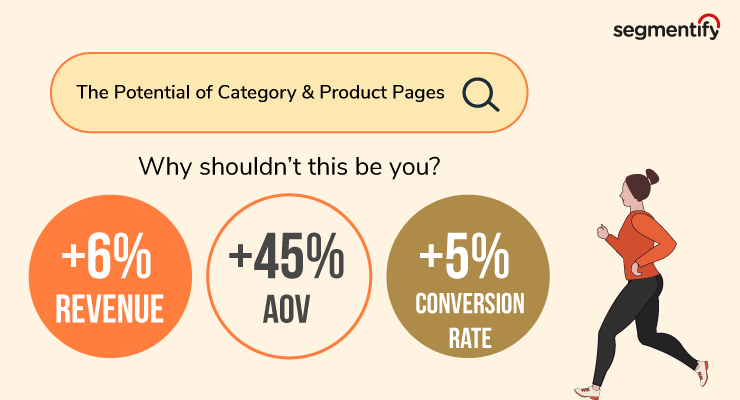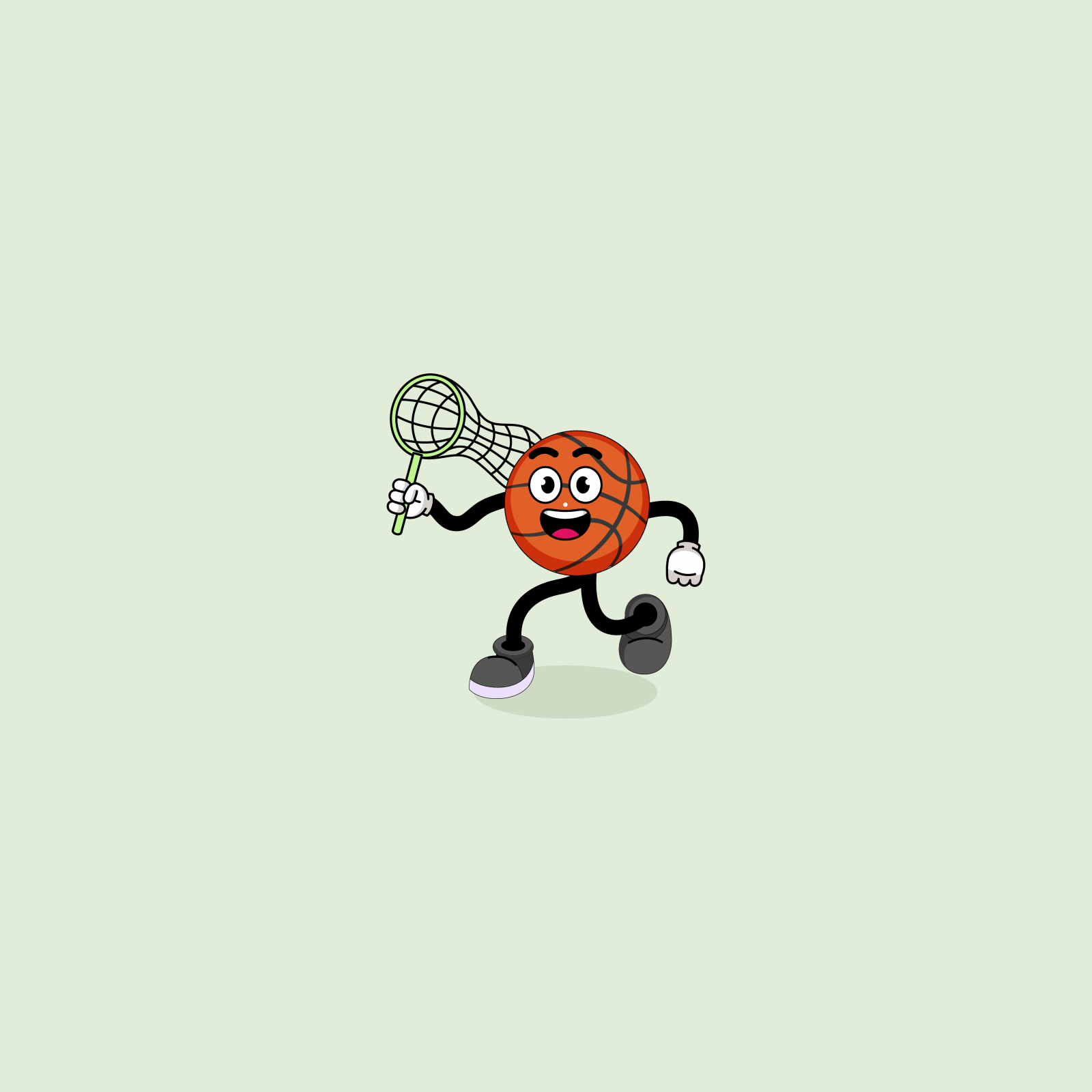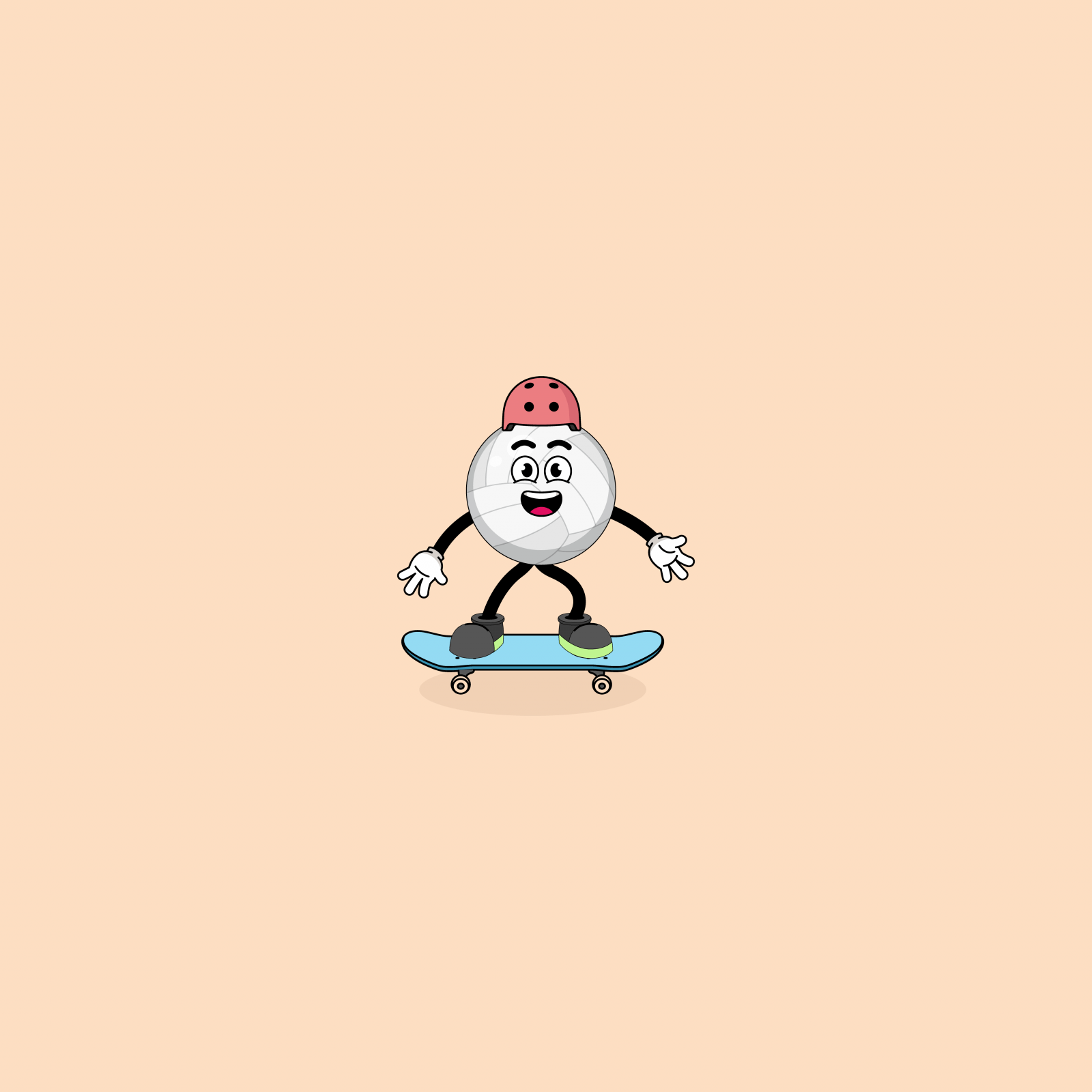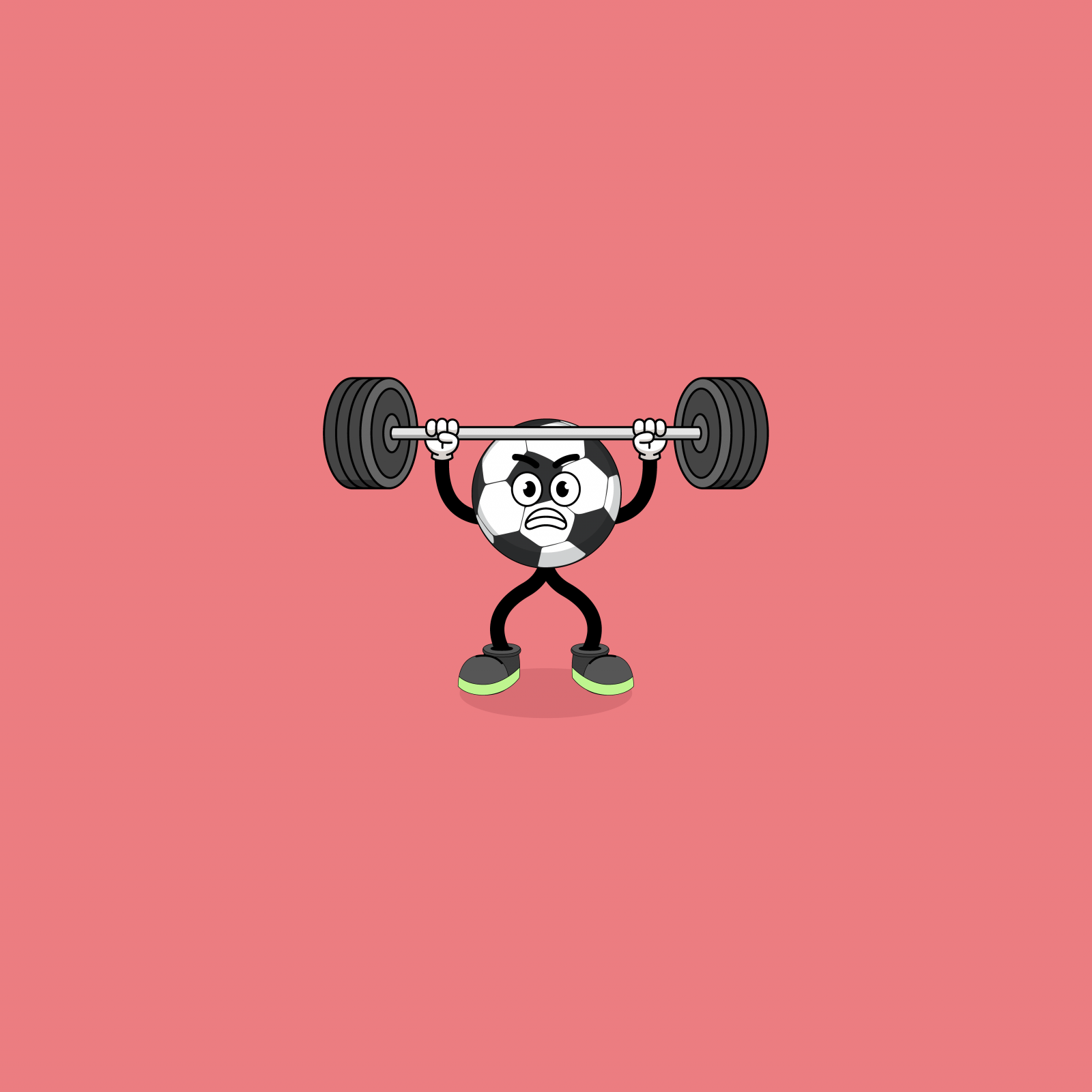Our websites use cookies. By continuing, we assume your permission to deploy cookies as detailed in our Privacy Policy.
A Case of Sporting Goods Part III: Winning Strategies for the Category & Product Pages
Previously in A Case of Sporting Goods, we’ve discussed the current state of the market and went over the homepage and search strategies to tackle its challenges successfully. It is now time for the penultimate chapter: Let’s discuss the winning strategies for the category and product pages!
Key Takeaways
- For consumers, purchasing is a form of commitment. So give them additional reasons to make the purchase.
- Minimise the friction in the customer journey and prevent the customers from feeling lost with the correctly placed recommendation campaigns.
- Offer gamified experiences like Persona Quizzes to engage the customers and get first-hand information.
📍 Winning Strategies for the Category Pages
Often overlooked by brands, category pages are essential to a customer’s journey. And with correctly placed personalisation campaigns, they hold great potential for improving the customer experience (CX).
Category-Specific Personalised Recommendations
By optimising your category pages, you can not only make customers’ journeys much easier but also direct them to your checkout page. Instead of letting customers scroll aimlessly through a category page, list the products according to their interests. This will make product discovery a lot easier and improve customer satisfaction.
Achieved with Category-Specific Personalised Recommendations: CX Optimisation, smoother customer journey, higher conversion, lower bounce rate
Journey Builders & Persona Quizzes
Gamification is a wonderful way to boost customer engagement while collecting first-hand data from customers to offer hyper-personalised journeys. Journey Builders and Persona Quizzes allow you to get to know your visitors better with questions regarding their tastes, life choices, etc. You can ask anything you deem essential.
Persona Quizzes help brands turn audience segmentation into a real-time practice. They do this by assigning customers’ answers to specific dynamic segments, which in turn, help brands understand the customer personas they’re targeting in a deeper sense.
Achieved with Journey Builders & Persona Quizzes: Increase customer engagement, higher conversion, smoother customer journey

📍 Winning Strategies for the Product Pages
A good product page should inform, excite, and engage the visitors. Here, you need to present the customers with reasons why they should purchase the product. What makes this particular product unique? What’s the urgency and why should they buy it now?
Alternative Product Recommendations
Alternative product recommendations can be offered for out-of-stock products or as an upselling strategy. Either way, providing alternative options shows your customers that you care about their shopping experience.
Why the customer should choose the alternative should be clearly communicated, though. And badges are a very UX-friendly way to do so. Does it have free shipping? Or maybe it’s eco-friendly? Whatever it is, use badges for clearer communication.
Achieved with Alternative Product Recommendations: CX optimisation, higher AOV, higher conversion, lower bounce rate, increased customer retention and loyalty
Purchased Together/Shop the Look
Product Bundles, like salespeople in brick-and-mortar stores, make shopping convenient and stress-free for customers. With the help of “Purchased Together” widgets, customers don’t have to scroll endlessly through for the chance to discover something that matches what they’re looking at. This minimises friction for the customer and prevents them from feeling lost.
This cross-selling strategy is also great for showing your customer that you are aware of their needs and can guide them to purchase anything else they might need before they realise it themselves.
Achieved with the “Purchased Together” widgets: Higher AOV, CX optimisation, increased customer retention and loyalty, smoother customer journey, faster decision making
Last Visited Products Reminders
Sometimes buying something requires research. And sometimes people just like window shopping. Whatever the reason, it’d pay nicely to remind visitors of the last items they’ve looked at.
We might’ve put this strategy under product page strategies; however, nothing’s set in stone. Why not send reminder emails about their last visited products? Or push notifications? It’s up to you to get creative!
Achieved with Last Visited Products Reminders: Higher conversion, CX optimisation
Social Proofing
For consumers, purchasing is a form of commitment. That’s why they spend so much time researching the items’ features and benefits, as well as the opinions of other users. This is where social proofing comes into play.
Observing and mimicking the actions of others is an instinct in all of us, so naturally, social proof marketing is an effective way to nudge customers in the right direction and make the decision-making process easier and quicker. Information such as product ratings, view count, purchase count, basket count, etc., gives visitors an additional reason to purchase by increasing the urgency.
Achieved with Social Proofing: Lower bounce rate, higher conversion, faster decision making, smoother customer journey
Wrapping Up
In this series, we’ve first examined the current situation of the sporting goods industry and its challenges. Then, we started going over the strategies to help you overcome these challenges. The previous entry takes us through a journey on the homepage and different search areas. Then in today’s entry, we went deeper into the customer journey and discussed winning strategies for the category and product pages.
Don’t miss the season finale next week—A Case of Sporting Goods Part IV: Basket Page & Cross-Channel Messaging





